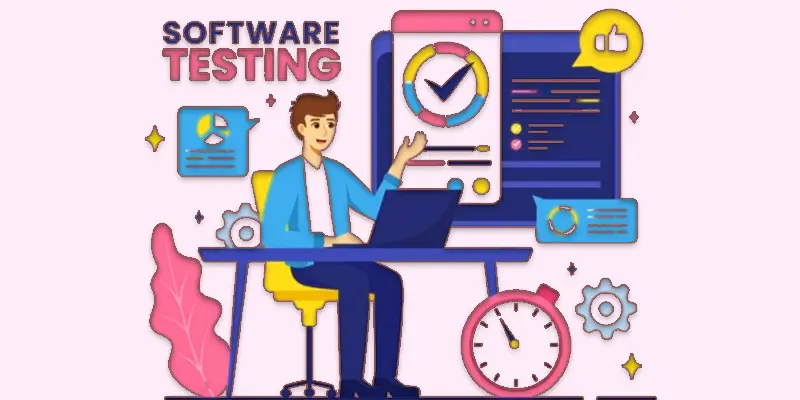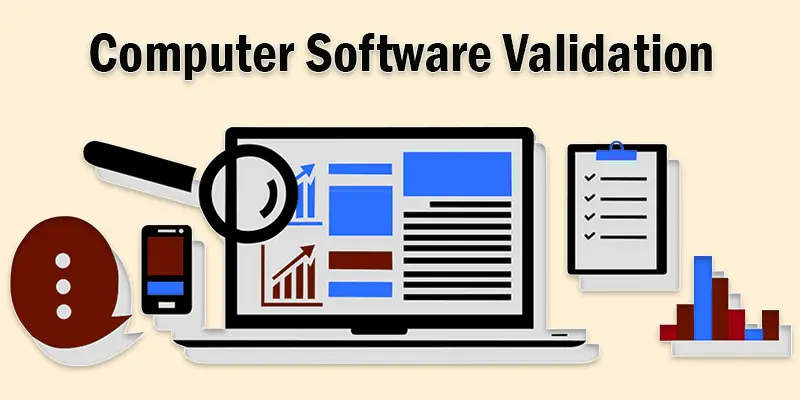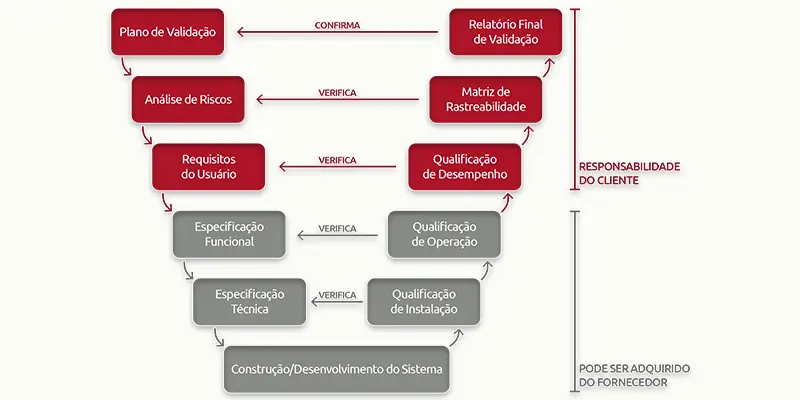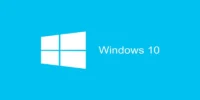A Complete Guide to Computer Software Validation (CSV)
Published: 14 Jun 2025
Computer Software Validation
Computer software validation is a must in today’s tech world—nearly every app and tool we use goes through it to avoid major problems. But wait, isn’t testing and validation the same thing? Not really, and that’s where many people get confused. If your app keeps crashing or doesn’t work as planned, poor validation might be the reason. Picture this: You build a cool app, but it breaks the moment users try it—frustrating, right? That’s why learning about software validation is so important.
What is Computer Software Validation?
Computer software validation means checking if a software program works correctly and does what it is supposed to do. It helps make sure the software is safe, useful, and easy to use. For example, before a shopping app is released, testers use validation to check if users can search, order, and pay without any problems. It’s like giving the software a final check before it goes live.

Why is it Important?
Software validation is important because it helps catch mistakes before users find them. It makes sure the software works right, keeps data safe, and gives users a smooth experience. Without validation, software can crash, give wrong results, or even cause big problems in places like hospitals or banks.
What Does Validation Mean in Software?
Validation in software means checking if the software works the way users need it to. It’s like asking, “Does this app do the right job?” For example, if a weather app says it will show today’s weather, validation makes sure it really does that. It helps find mistakes early, so users don’t face problems later.
Main Steps in Software Validation
Let’s break down the main steps in software validation. These are simple, clear actions that help you make sure your software is ready for real users.
Planning
- Start with a clear plan.
- Write down what you want to test, how you’ll test it, and who will do it.
- Tip: Use a checklist to stay organized.
Review Requirements
- Go over what the software is supposed to do.
- Make sure all features are listed and easy to understand.
- Example: If it’s a music app, check if features like play, pause, and download are listed.
Test the Software
- Use the software like a real user would.
- Do both:
- Manual testing (clicking, swiping, checking features yourself).
- Automated testing (let tools check things quickly).
- Tip: Focus on important features first.
Record the Results
- Write down what works and what doesn’t.
- Keep things simple and clear—use tables or bullet points.
- Example: “Login button – working yes” or “Download feature – broken No”.
Fix and Retest
- Share test results with the team.
- Fix the bugs or errors found.
- Retest the software to check if the problems are gone.
Final Approval
- Once everything works well, the team gives a final OK.
- Now the software is ready to be used by real users.
Types of Software Validation Tests
Software validation uses different kinds of tests to make sure the software works well for real users. Here are the most common types—explained in simple words with examples:
Functional Testing
- Check if the features work properly.
- Example: Can a user sign up, log in, or place an order?
- Focus: What the software does.
User Acceptance Testing (UAT)
- Done by real users or clients.
- To determine whether the software satisfies their demands, they test it.
- For instance, a store owner tests sales software to make sure it processes orders properly.
System Testing
- Tests the whole software in one go.
- Make sure everything works together.
- Example: Login, add to cart, and check out—all tested in one flow.
Regression Testing
- Done after changes or bug fixes.
- Make sure old features still work fine.
- Example: You fix a login bug, then check that the signup feature still works.
Performance Testing
- Tests how fast and smooth the software works.
- Example: Does the app slow down when 100 users use it at once?
Security Testing
- Check if the software keeps user data safe.
- Example: Can someone hack the login screen?
Installation Testing
- Tests if the software installs and runs without problems.
- Example: Does the app install correctly on both Android and iPhone?

Common Tools Used in Validation
When you validate software, special tools make the job faster and better. These tools help test if the software works well, find bugs, and check performance. Here are some common tools used in software validation:
- Selenium is a popular tool that tests websites automatically. It clicks buttons and fills forms just like a real user.
- TestRail helps teams keep track of all the tests they do. It organizes test cases and shows which ones passed or failed.
- JIRA is used to report bugs and share tasks between testers and developers. It keeps the team updated on what needs fixing.
- Postman tests how apps talk to each other through APIs. It checks if data is sent and received correctly.
- Apache JMeter tests how well the software works when many people use it at the same time. It helps find performance issues.
- QTP/UFT automates testing for both desktop and web apps. Big companies use it for complex software.
- Bugzilla tracks bugs and issues found during testing. It’s simple and good for small or open-source projects.
Computer Software Validation Real-Life Examples
Online Shopping App
Before launching, testers check if customers can easily add items to the cart, pay, and track orders. Validation finds problems early, so users don’t get stuck or confused.
Banking Software
Banks validate their software to ensure money transfers, bill payments, and logins are safe and error-free. This keeps customer money and data secure.
Hospital Management System
Software in hospitals must be tested to correctly store patient records and schedule appointments. Validation makes sure doctors and nurses get the right info when they need it.
Weather Forecast App
Validation checks if the app shows correct weather updates, loads fast, and alerts users on time. This keeps people prepared for weather changes.

Conclusion About Computer System Validation
We’ve covered Computer Software Validation in detail. I highly recommend learning the basics of validation, especially if you plan to work with apps or any kind of software. It helps prevent bugs, improves user experience, and builds trust in your product. Whether you’re a beginner or planning a tech career, understanding this process is a smart move. Now it’s your turn—explore tools, try simple tests, and start your validation journey today!
FAQS
Software validation checks if a program does what users need. It makes sure everything works correctly, safely, and as planned. This helps avoid errors and makes users happy.
It’s a course that teaches you how to test software the right way. You learn about testing tools, rules, and real-life steps. This training helps you work in software testing jobs.
Yes, it’s a growing and useful field. Every company that uses software needs testers to make sure it works well. It offers stable jobs with good pay, especially in health and tech companies.
Testers, quality assurance (QA) experts, and developers usually do it. Sometimes even end-users test it in the final stage. Their goal is to make sure the software meets all rules and works right.
Sure! Think of a food delivery app. Before releasing it, testers check if users can sign up, order food, and pay safely—this is software validation in action.

- Be Respectful
- Stay Relevant
- Stay Positive
- True Feedback
- Encourage Discussion
- Avoid Spamming
- No Fake News
- Don't Copy-Paste
- No Personal Attacks

- Be Respectful
- Stay Relevant
- Stay Positive
- True Feedback
- Encourage Discussion
- Avoid Spamming
- No Fake News
- Don't Copy-Paste
- No Personal Attacks





